Children's bed adapted to their age: complete guide to choosing well
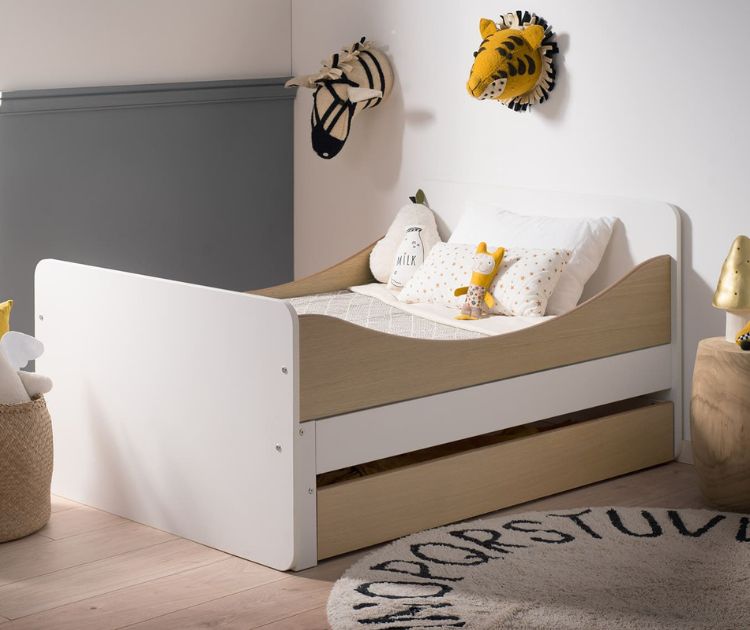
The importance of an adapted children's bed: well-being and development
Choosing a children's bed isn't just about aesthetics: it plays a key role in your child's well-being, safety, and development. A suitable bed promotes quality sleep, supports posture, and accompanies major childhood transitions, from birth through the first years of independence. Discover why investing in evolving and well-designed furniture is essential to provide your child with a safe and soothing environment, perfectly adapted to their growing needs.
Understanding the importance of age-appropriate children's beds
Why is the right children's bed crucial for
well-being?
Choosing an appropriate children's bed is much more than just an aesthetic decision. It's about ensuring your baby or toddler has a safe and comfortable space that supports their overall well-being. An unsuitable bed can disrupt their sleep, compromise their safety, and hinder their development. For example, a model that's too large for an infant can increase risks related to excessive movement during the night.
Beyond safety, an appropriate children's bed also promotes independence. Beds with features like removable bars allow for a smooth transition to greater freedom without sacrificing the protection needed in the early months.
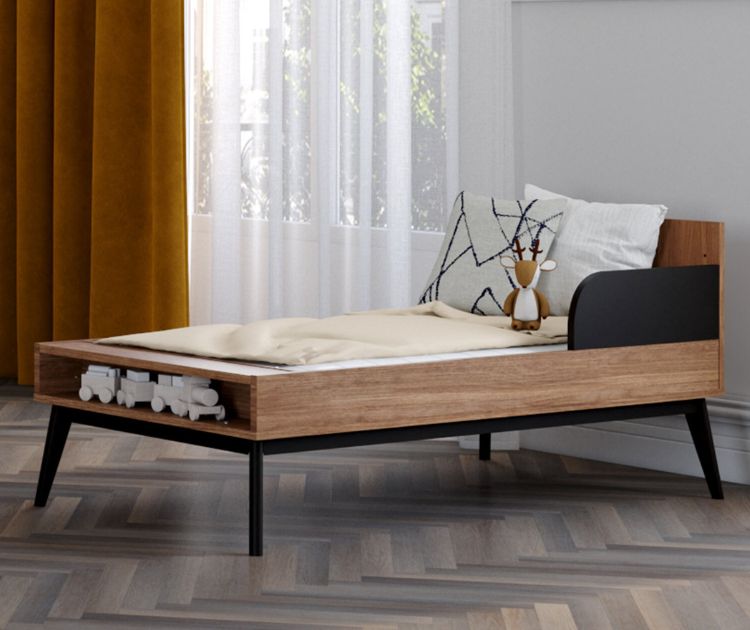
Growth and adaptation: supporting each stage
Children's rapid growth requires regular furniture adjustments, including their bed. An infant doesn't have the same needs as a 2-year-old or a toddler of 4 years. Beds must therefore evolve to provide optimal support at each stage, while respecting ideal dimensions, such as the 60x120 cm format for the early years.
A well-adjusted piece of furniture also improves the child's posture during rest, thus creating a solid foundation for their physical development. This reduces the risk of musculoskeletal disorders that can appear from an early age if the bed is not suitable.
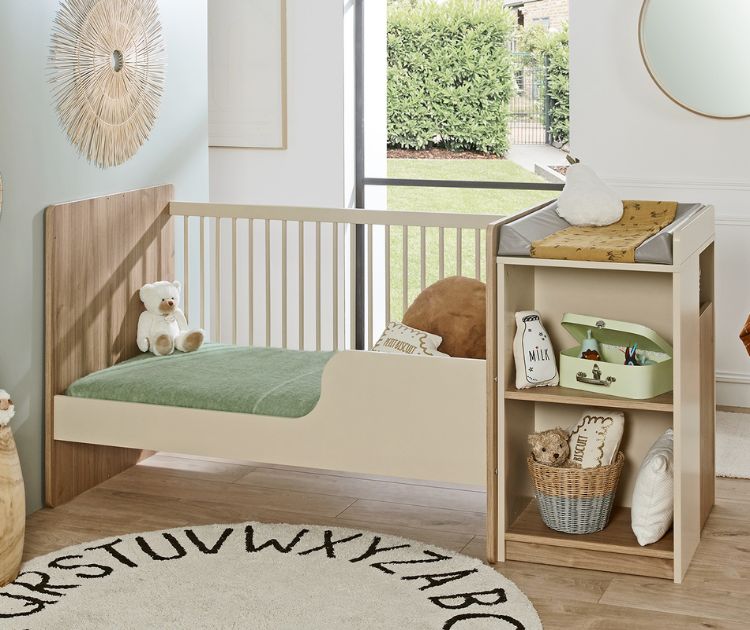
Transition and balance in development
Did you know that the right choice of bed can influence how your child approaches major transitions? Moving from a cradle to a crib, then to a junior bed, is a crucial step in a child's life. These transitions must be well orchestrated to avoid any psychological or emotional disruption.
A suitable bed allows the child to gradually gain more independence, thus strengthening their self-confidence and emotional balance. For example, choosing a model with removable bars makes this change less sudden and more reassuring. This is the case with our convertible baby beds for instance.
When to switch to each type of bed
From cradle to crib: recommended ages
For the first months of life, a cradle remains essential. Compact and cozy, it provides newborns with the security they need to sleep peacefully. However, once your baby starts rolling over (usually around 3 or 4 months), it's time to think about transitioning to a crib.
Between the age of 3 months and 3 years, a crib becomes the ideal option. It combines comfort and safety thanks to side protections that prevent falls while leaving enough space for growth. But how do you know when to move to the next stage? When your child tries to climb over the rails or shows clear signs of independence, it's probably time to switch to a junior bed.
The transition to a junior bed is generally recommended between ages 2 and 4. This is a pivotal stage where children begin to explore their environment more and need a space that reflects this evolution.
Optimal bed dimensions
The 60x120 cm format: ideal for the early years
60x120 cm beds are perfect for babies and young children up to around 3 years old. These dimensions provide enough space to move while maintaining a secure feeling thanks to the edges being relatively close to the body.
Why choose a 70x140 cm bed?
When your child outgrows their early years but isn't ready for a traditional big bed, the 70x140 cm format becomes an interesting option. This type of bed not only promotes continuity in independence, but also adapts to growing space needs.
Dimensions and overall development
Never underestimate the impact of bed dimensions on overall well-being! A poor choice can lead to sleep disorders or limit the freedom of movement necessary for your child's proper physical development.
How to ensure a smooth transition?
Our tips to facilitate the change
Preparing your child for change is essential. Gradually introduce the idea of sleeping in a new bed, explaining why it's part of a "big step". Create a soothing bedtime routine: reading a story, cuddling, or setting up a comforting night light.
Then comes the crucial matter of safety. Make sure the new environment is suitable: no sharp corners or potentially dangerous objects near the bed!
Finally, add personal touches like their favorite blankets or familiar stuffed animals so they feel fully comforted in this new space.
For more advice, you can visit our blog on how to prepare your child to sleep peacefully in their bed?
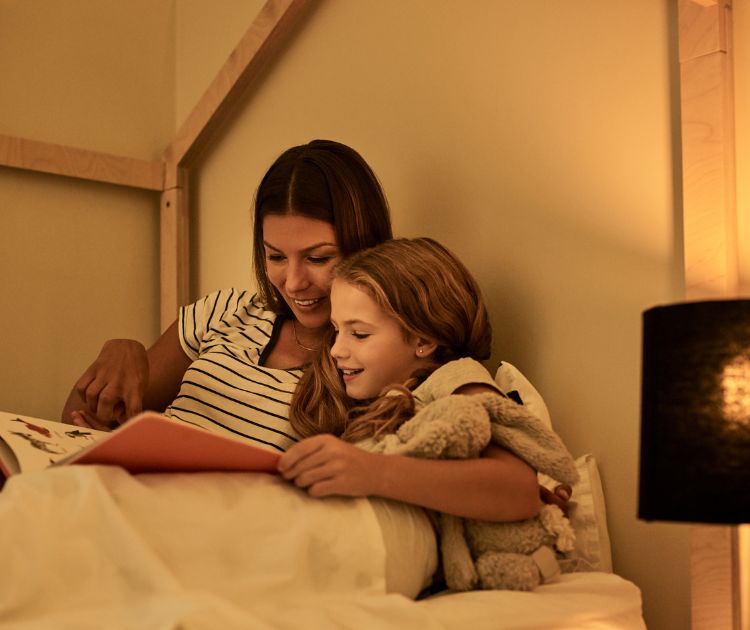
The influence of bed choice on sleep
The impact on sleep quality
Restorative sleep heavily depends on the comfort provided by the chosen furniture. A poorly adjusted mattress or too rigid frame can deeply disturb the quality of nighttime rest — not to mention the impact on daily mood!
Moreover, sleep directly affects cognitive development, particularly in young children where every minute spent in deep sleep helps strengthen their memory and learning abilities.
Safety tips for each
bed model
The cradle: optimal protection
For new parents, it's important that any cradle strictly complies with current European standards regarding the spacing between bars (less than 6 cm) as well as impeccable stability against sudden movements, even in very young infants.
In conclusion, choosing each stage wisely ensures not only immediate parental peace of mind... but also lasting happiness!








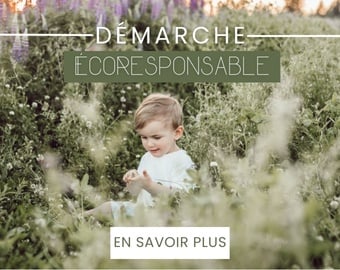


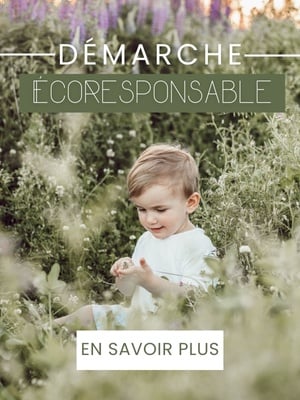

 Choosing the right baby blanket dimensions according to season and age
Choosing the right baby blanket dimensions according to season and age
 How to attach a headboard (with or without drilling): quick and effective soluti
How to attach a headboard (with or without drilling): quick and effective soluti
 Waterproof sheet or mattress protector: the best solution by age group
Waterproof sheet or mattress protector: the best solution by age group
 27 Original, Useful, and Trendy Christmas Ideas for Teens 2025
27 Original, Useful, and Trendy Christmas Ideas for Teens 2025
 Christmas Activities for Baby: Creative Ideas for Home & Daycare
Christmas Activities for Baby: Creative Ideas for Home & Daycare